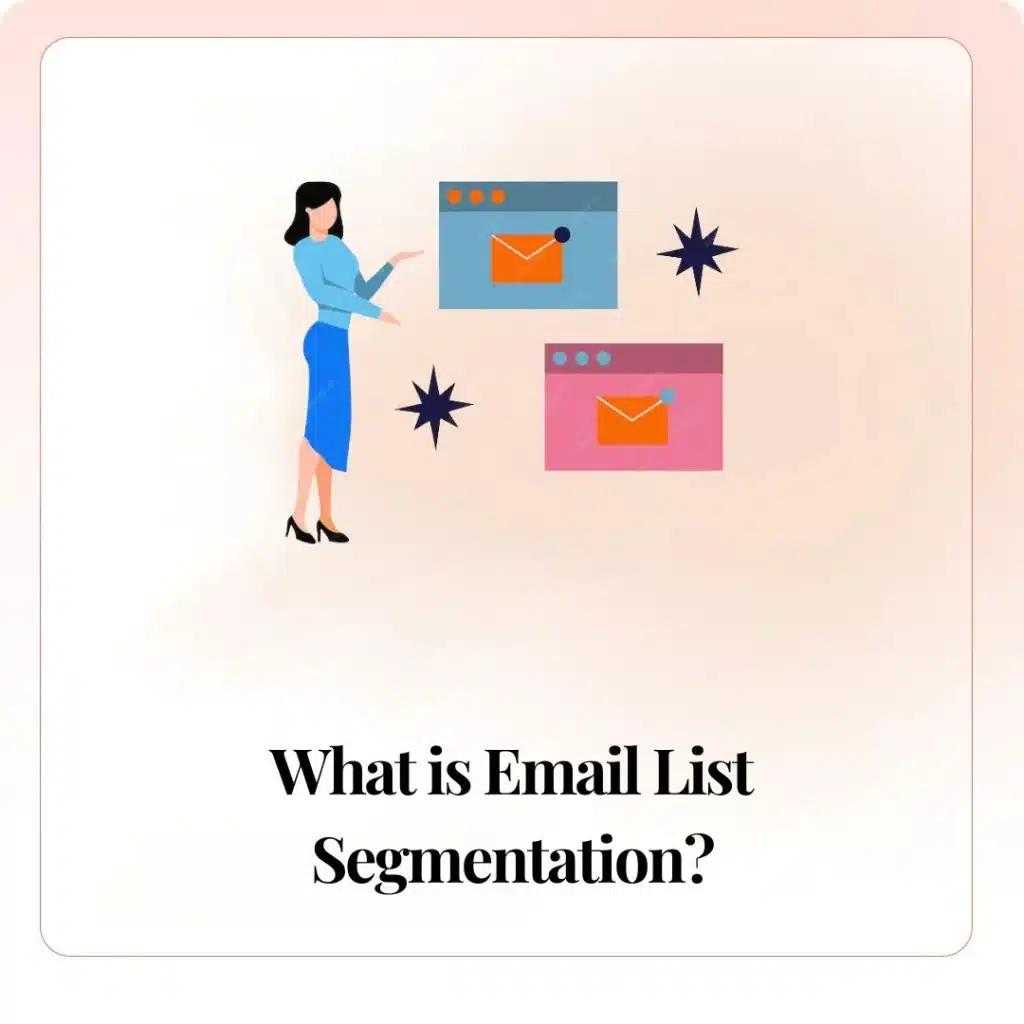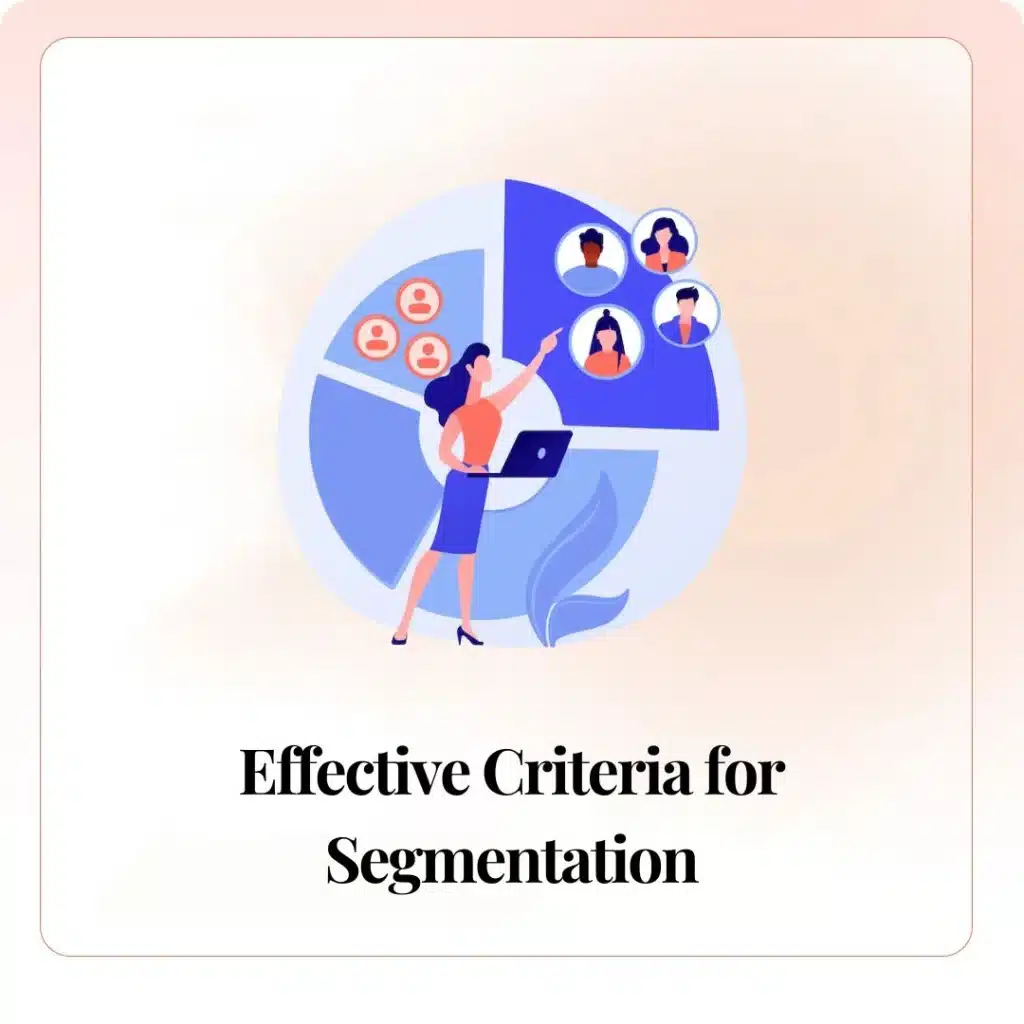In the evolving world of digital marketing, effective communication with your audience is more crucial than ever. As one of the top digital marketing companies in Bangalore, we at Osumare Marketing Solutions understand the power of personalized messaging. One of the most effective ways to achieve this is through email list segmentation. This article will explore how segmenting your email list can lead to better engagement and higher conversion rates.
What is Email List Segmentation?

Email list segmentation is the practice of dividing your email subscribers into smaller groups, or segments, based on specific criteria. This allows you to tailor your messages to the needs and interests of each group, resulting in more relevant and engaging content for your audience. Segmentation can be based on various factors such as demographics, behavior, purchase history, or engagement levels.
The Importance of Segmentation
Segmentation is essential for several reasons:
- Personalization: Tailoring your content to specific segments ensures that your emails resonate more with your audience.
- Improved Engagement: Personalized content increases open and click-through rates, leading to higher engagement.
- Reduced Unsubscribes: Relevant content reduces the likelihood of subscribers leaving your list.
- Increased Revenue: Targeted emails can lead to higher conversion rates and, ultimately, more sales.
Effective Criteria for Segmentation
To maximize the impact of your email campaigns, it’s crucial to segment your list based on relevant criteria. Here are some effective ways to segment your email list:

- Demographic Information Segment your list by age, gender, location, and income to tailor your messages. For example, a luxury brand might target high-income customers with premium promotions, while a fitness brand could offer location-specific deals.
Behavioral Data Group subscribers based on past interactions, such as email opens, clicks, website visits, and content downloads. For instance, top digital marketing companies in Bangalore use behavioral data to deliver personalized content based on user activity.
Purchase History Use purchase history to create segments for upselling and cross-selling. For example, a software company might promote premium features to users who recently bought a basic package.
Email Engagement Segment by engagement levels, like active versus inactive subscribers. You can send reactivation emails to dormant users or exclusive offers to highly engaged ones.
Customer Lifecycle Segment based on where subscribers are in their journey—new leads, potential customers, or loyal clients. New leads might get a welcome offer, while loyal customers receive special discounts.
Tools and Platforms for Effective Segmentation

Several email marketing platforms offer robust segmentation features that can help streamline the process. Here are a few popular tools:
Mailchimp: Known for its user-friendly interface and powerful capabilities, Mailchimp lets you create segments based on demographics and behavioral data.
HubSpot: Offers comprehensive segmentation integrated with CRM, empowering effective use of customer data.
AWeber: Provides various segmentation options, including tagging based on subscriber actions and interests for precise targeting.
Creating a Segmented Email Campaign
To effectively leverage segmentation in your email marketing, follow these steps:
Define Your Segments: Identify key audience segments based on demographics, behavior, engagement levels, or purchase history.
Tailor Your Content: Customize subject lines, email copy, and calls to action to meet the specific interests and needs of each segment.
Utilize Dynamic Content: Save time by using one email template that adjusts content based on the recipient’s segment.
Monitor and Adjust: Track campaign performance to refine your segmentation strategy and enhance future campaigns based on responsive segments.

Benefits of Segmented Email Campaigns

Implementing segmentation in your email marketing strategy offers numerous benefits:
- Improved Email Performance
Personalizing subject lines and content can significantly boost email open rates—research shows emails with personalized subject lines are 26% more likely to be opened.
2. Enhanced Engagement
Segmented campaigns often yield higher click-through rates by delivering content that aligns closely with recipients’ interests and needs.
3. Boosted Conversions
Targeting specific segments with tailored offers can increase conversion rates and drive more sales.
4. Strengthened Customer Relationships
Sending personalized and relevant content helps foster stronger connections with subscribers, enhancing loyalty and retention.
Conclusion
Segmenting your email list is a powerful strategy that can significantly improve your email marketing performance. By delivering personalized and relevant content to your subscribers, you can increase engagement, reduce unsubscribes, and drive more sales. At Osumare Marketing Solutions, one of the best digital marketing agencies in Bangalore, we specialize in helping businesses leverage email marketing to achieve their goals. Whether you’re looking to boost engagement, increase sales, or build stronger customer relationships, our team of experts is here to help. we at Osumare Marketing Solutions are committed to helping you achieve success with your email marketing campaigns.

